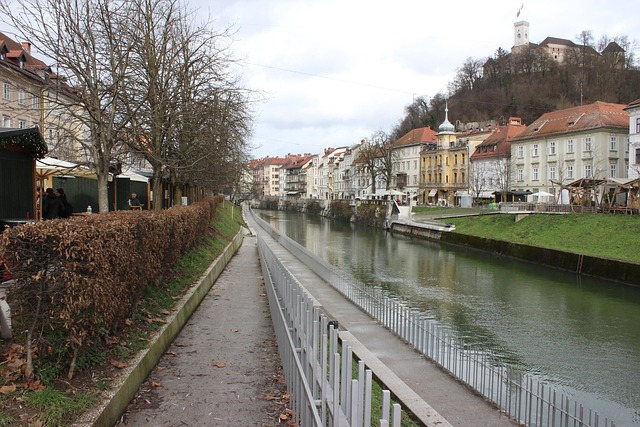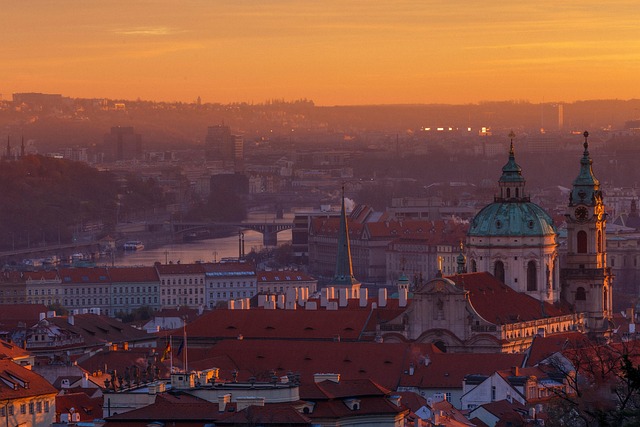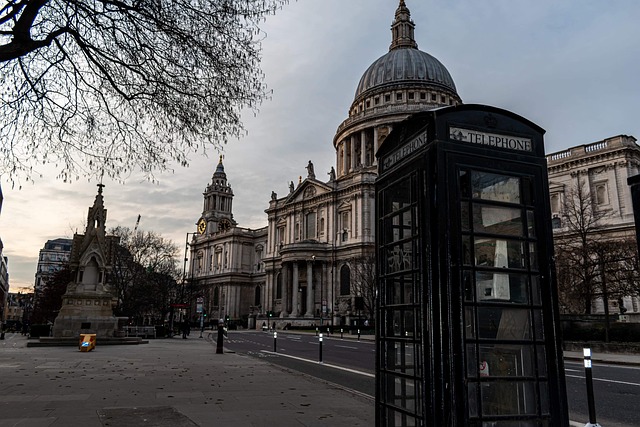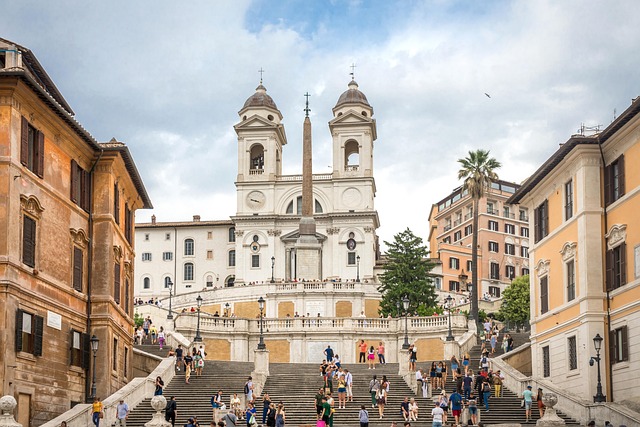Shaheed Millat Road in Karachi is a dynamic transportation hub featuring an extensive bus network and rickshaws, facilitating easy accessibility for all. Evolving from a modest pathway, it's become a vital public transport corridor connecting residential areas, commercial hubs, and landmarks. Modern amenities, smart ticketing, and efficient traffic management have transformed the commuting experience. Future plans include implementing BRT or light rail networks to further revolutionize mobility, reduce congestion, and promote environmental sustainability in Karachi.
Karachi’s vibrant transport network is a cornerstone of its bustling metropolis. In this article, we explore Shaheed Millat Road as a key corridor, delving into its history, evolution, and current facilities catering to daily commuters. From its early beginnings to the improvements made over time, we analyse the challenges faced and the positive impact on the community. Furthermore, we look ahead at future prospects, highlighting the potential for enhanced public transport to shape Karachi’s development and connect its diverse neighborhoods more efficiently.
- Understanding Public Transport on Shaheed Millat Road, Karachi
- The History and Development of the Route
- Key Features and Facilities for Commuters
- Challenges and Improvements Over Time
- Future Prospects and Community Impact
Understanding Public Transport on Shaheed Millat Road, Karachi

Shaheed Millat Road in Karachi is a bustling hub, and navigating it through public transport offers a unique insight into the city’s vibrant lifestyle. The road, known for its commercial and residential significance, is well-connected by an efficient public transportation system, making it easily accessible to folks from all walks of life. Buses and rickshaws ply along these streets, offering affordable and convenient travel options for commuters.
Understanding the public transport network here involves recognizing the diverse range of vehicles and their routes. Local buses provide a comprehensive network, linking various neighborhoods and commercial areas. Rickshaws, on the other hand, cater to shorter distances, making them ideal for quick trips within the vicinity. Karachi’s efficient transportation system ensures that Shaheed Millat Road remains a central vein in the city’s bustling tapestry, facilitating the daily commutes of its diverse population.
The History and Development of the Route

Shaheed Millat Road, a vital artery in Karachi, has witnessed a fascinating evolution over the years. Originally, this route was a modest pathway connecting various neighborhoods within the bustling metropolis. Over time, as Karachi’s population grew and urbanized, so did the demand for efficient public transportation. This led to the development of an extensive bus network, with Shaheed Millat Road becoming a key component.
The road’s strategic location allowed it to serve as a vital link between residential areas, commercial hubs, and important landmarks in Karachi. Regular bus services were introduced, providing locals with affordable and accessible travel options. As the city continued to expand, so did the transportation infrastructure, making Shaheed Millat Road a prominent public transport corridor in modern-day Karachi.
Key Features and Facilities for Commuters

Shaheed Millat Road in Karachi boasts an efficient public transport system, designed with commuters’ needs in mind. The key features include a well-maintained network of buses offering regular services along the route, ensuring easy accessibility for residents and visitors alike. Each bus is equipped with modern amenities like air conditioning, making commuting comfortable even during the city’s bustling hours.
The facilities for commuters are further enhanced by the presence of designated stops with real-time information displays, helping passengers plan their journeys efficiently. Additionally, the road’s infrastructure includes pedestrian-friendly crossings and well-lit paths, promoting safe movement on foot. These amenities collectively contribute to a seamless public transport experience in Karachi.
Challenges and Improvements Over Time

Karachi’s public transport system, particularly along Shaheed Millat Road, has navigated a path filled with challenges over the years. Initially, the city’s transportation infrastructure struggled to keep pace with its rapid urbanization and growing population. Congestion, inadequate services, and aging fleets were common issues that negatively impacted commuters’ experiences. However, through dedicated efforts and strategic improvements, these hurdles have been gradually overcome.
Modernization initiatives have transformed the public transport landscape in Karachi. Newer buses with improved amenities and safety features now ply the Shaheed Millat Road, enhancing passenger comfort. Efficient traffic management systems have been implemented to reduce congestion at busy intersections, making travel times more predictable. Moreover, the introduction of smart ticketing and digital payment gateways has streamlined the fare collection process, offering convenience to daily commuters. These improvements reflect a commitment to providing better transportation options for the people of Karachi.
Future Prospects and Community Impact

The future prospects of public transport on Shaheed Millat Road in Karachi hold immense potential. With ongoing urban development and a growing population, efficient and accessible transportation systems are essential for the city’s progress. The implementation of modern public transit solutions, such as bus rapid transit (BRT) systems or light rail networks, could significantly enhance mobility and alleviate traffic congestion. These improvements not only benefit residents by providing faster and more reliable travel options but also contribute to environmental sustainability by reducing private vehicle usage.
The community impact of these developments is profound. Improved public transport can foster social inclusion by connecting previously isolated neighborhoods, promoting economic growth by facilitating access to employment opportunities, and enhancing the overall quality of life in Karachi. By investing in efficient transportation infrastructure, the city can create a more livable and vibrant urban environment, where residents enjoy easier commutes and have more time to engage with their communities and pursue personal interests.
Public transport on Shaheed Millat Road, Karachi, has evolved significantly over time, offering essential connectivity for commuters. By understanding its history, appreciating key features, and acknowledging challenges, we can envision a future where this route continues to enhance the lives of folks in the city. Through continuous improvements and innovative solutions, public transportation in Karachi remains a vital game-changer, fostering a vibrant and efficient urban landscape.
